How to Ensure Successful Pollination in Your Greenhouse: A Complete Guide
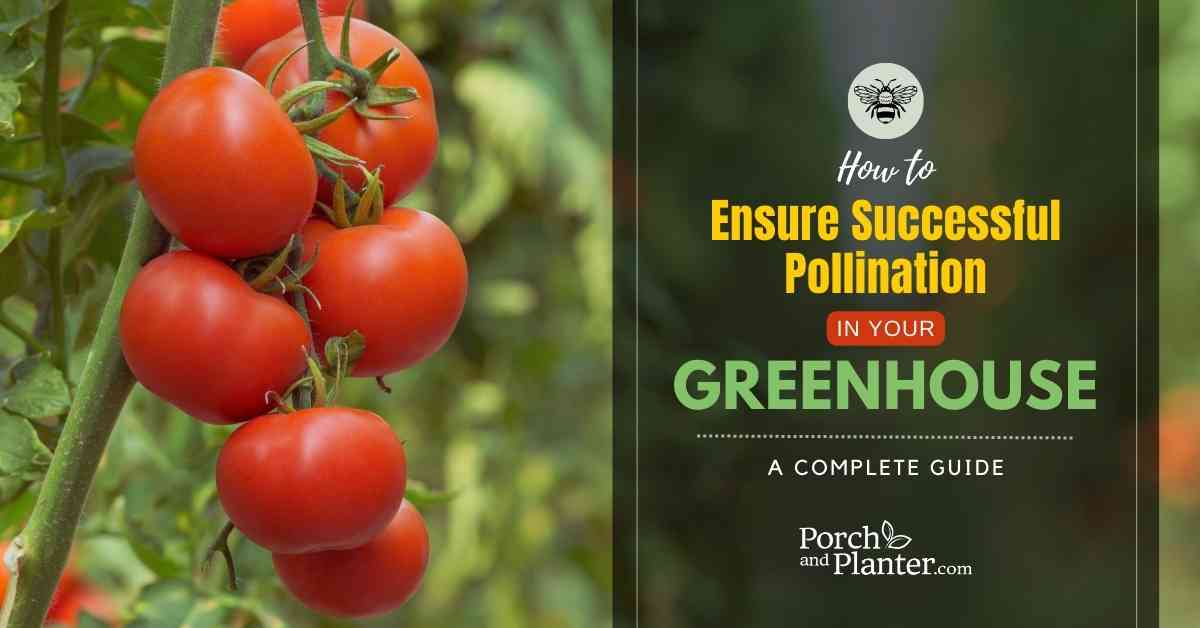
Greenhouses provide the ideal environment for growing plants, as they offer protection from harsh weather conditions and pests. However, one important aspect of plant growth that can be challenging in a greenhouse is pollination. Without proper pollination, plants will not produce fruit or seeds, which can be frustrating for greenhouse growers. So, how do greenhouse plants get pollinated?
The answer to this question is not as straightforward as you might think. While some plants are self-pollinating and do not require outside assistance, others rely on pollinators such as bees, butterflies, and birds to transfer pollen from one flower to another. In a greenhouse environment, the absence of natural pollinators can make it difficult for these plants to reproduce. Additionally, high humidity levels inside greenhouses can cause pollen to stick together, inhibiting proper dispersal of individual grains.
Fortunately, there are several methods that greenhouse growers can use to encourage pollination in their plants. From manually transferring pollen using a paintbrush or cotton swab to using fans to create airflow and reduce humidity, there are many strategies that can be effective. In this article, we will explore the different ways that greenhouse plants can be pollinated and provide tips for ensuring successful pollination in your own greenhouse garden.
How Do Greenhouse Plants Get Pollinated?
Greenhouse plants can get pollinated through a variety of methods. In nature, plants rely on wind, water, and insects to spread pollen from the male flower parts to the female flower parts. However, in a greenhouse, these natural pollinators may not be present or may not be able to access the plants. Therefore, gardeners must take steps to ensure successful pollination.
One method of pollination in a greenhouse is through hand pollination. This involves manually transferring pollen from the male flower parts to the female flower parts using a small brush or cotton swab. This method is particularly useful for self-pollinating plants such as tomatoes, where the male and female flower parts are located in the same flower.
For cross-pollinating plants, such as cucumbers or squash, gardeners can use a technique called buzz pollination. This involves using a tuning fork or electric toothbrush to vibrate the flowers, causing the pollen to be released and spread to nearby flowers.
Another method of pollination is through the use of bumblebees. Bumblebees are efficient pollinators and can be purchased from commercial suppliers. They will fly from flower to flower, collecting nectar and spreading pollen as they go.
Understanding Pollination
Pollination is a crucial process in the reproduction of plants. It is the transfer of pollen from the male part of a flower to the female part of the same or another flower. This transfer of pollen is necessary for the fertilization of the ovules and the production of fruit and seeds. In a greenhouse, pollination is even more important because the plants are confined to a small space and may not have access to natural pollinators such as wind, bees, and other insects.
The Basics of Pollination
There are two main types of pollination: self-pollination and cross-pollination. Self-pollination occurs when the pollen from the male part of a flower lands on the female part of the same flower or another flower on the same plant. Cross-pollination occurs when the pollen from the male part of a flower is transferred to the female part of a flower on a different plant of the same species.
Some plants are self-pollinating, while others require cross-pollination. For example, tomatoes and squash are self-pollinating, while blueberries and apples require cross-pollination. It is important to know the pollination requirements of the plants in your greenhouse to ensure successful pollination.
Pollination can occur through various means, including wind, water, and animals such as bees, butterflies, and other insects. In a greenhouse, where natural pollinators may not be present, manual pollination may be necessary. This can be done using a small brush or by gently shaking the flowers to release the pollen.
Pesticides can also affect pollination by killing the insects that are necessary for the process. It is important to use pesticides sparingly and only when necessary to avoid harming the natural pollinators in your greenhouse.
Why is Pollination Important?
Pollination is a vital process for the growth and survival of plants. It allows plants to produce seeds, which are needed for the next generation of plants to grow. Without pollination, many plants would not be able to reproduce and would eventually die out.
Pollination is also important for the production of fruits and vegetables that we eat. Many of the foods we enjoy, such as apples, strawberries, and almonds, are the result of pollination by bees and other insects. Without pollination, these crops would not be able to produce the fruits and nuts that we rely on for food and other products.
Natural Pollination
Greenhouses can provide a controlled environment for plants to grow and thrive, but without proper pollination, the harvest can be disappointing. Natural pollination is an effective way to ensure a successful yield, and there are several methods to encourage it in your greenhouse.
Attracting Pollinators
One way to encourage natural pollination is to attract pollinators to your greenhouse. Bees, butterflies, hummingbirds, and other insects are all important pollinators that can help increase the yield of your plants. Planting flowering plants and potted plants in and around your greenhouse can help attract these pollinators. Additionally, providing a water source and avoiding the use of pesticides can help create a hospitable environment for pollinators.
Using Beneficial Insects
Another way to encourage natural pollination is to introduce beneficial insects into your greenhouse. Leafcutter bees, for example, are effective pollinators that can be introduced into your greenhouse to help pollinate your plants. These bees are attracted to clover and other flowering plants, so planting these in and around your greenhouse can help attract them.
Hand-Pollination
Hand-pollination is a method of manually transferring pollen from the male to the female flowers. This method is particularly useful for plants that have male and female flowers that are not close together, such as squash and cucumbers. To hand-pollinate, simply use a small brush or cotton swab to transfer the pollen from the male flower to the female flower. It is important to use a fresh brush or swab for each plant to avoid cross-pollination.
Self-Pollination
Some plants are capable of self-pollination, meaning they can pollinate themselves without the need for external pollinators. Tomatoes, for example, are self-pollinating plants, but they can still benefit from a little help. Gently tapping the flowers or using a small brush to transfer the pollen can help increase the yield of your tomato plants. Other self-pollinating plants include peppers, eggplants, peas, and wheat.
Manual Pollination
Manual pollination is a technique that can be used to ensure successful pollination in a greenhouse. There are several ways to manually pollinate plants, including separating male and female flowers, using perfect flowers, and using devices to pollinate.
It is important to note that manual pollination should be done during the flowering stage when the flowers are fully open. Gardeners should also be careful to avoid cross-pollination, especially if they are growing different varieties of the same plant. This can be done by cleaning the brush or cotton swab between each plant or using a fresh one for each plant.
Manual pollination can be a time-consuming process, but it can also be very effective in ensuring a good yield. It is especially useful in a greenhouse environment where natural pollinators such as bees and other insects may not be present. By using manual pollination techniques, gardeners can help to ensure that their plants produce healthy fruits and vegetables without the use of pesticides.
Manual Pollination Techniques
Separating Male and Female Flowers
Some plants have separate male and female flowers, which means that the pollen and the stigma are on different flowers. To manually pollinate these plants, gardeners can use a small brush or cotton swab to transfer the pollen from the male flower to the female flower. This technique is commonly used for squash, cucumbers, and eggplants.
Perfect Flowers
Other plants have perfect flowers, which means that the pollen and the stigma are on the same flower. To manually pollinate these plants, gardeners can use the same brush or cotton swab to transfer the pollen from the anther to the stigma. This technique is commonly used for tomatoes, peppers, and strawberries.
Device Pollination
Another way to manually pollinate plants is to use devices such as an electric toothbrush or a vibrating wand. These devices can be used to mimic the effect of wind or insects and help to distribute the pollen.
Optimizing the Greenhouse Environment
Temperature and Humidity Levels
Temperature and humidity levels are crucial factors when it comes to successful pollination in a greenhouse. To provide an ideal environment, make sure that temperatures remain between 65-80 degrees Fahrenheit during daylight hours throughout most of the year. This will ensure that both native and non-native species have plenty of time within your greenhouse during their active periods. Additionally, maintaining a humidity level of 50-70% will help keep plants healthy and facilitate natural pollination.
Choosing the Right Plants
Choosing the right plants for your greenhouse is essential for successful pollination. When selecting plants, consider their pollination requirements. Some plants, such as tomatoes, squash, peppers, eggplants, peas, sunflowers, strawberries, wheat, and cucumbers, require cross-pollination to produce fruit. Others, like clover and flowering plants, are great for attracting pollinators. Make sure to choose plants that are appropriate for your greenhouse’s environment and that will attract the pollinators you need.
Using Pesticides Wisely
To protect beneficial insects and pollinators, avoid the use of chemical pesticides in your greenhouse. Instead, opt for natural pesticides like neem oil, garlic spray, or insecticidal soap to control pests. In cases where the use of chemical pesticides is necessary, ensure to use them sparingly and strictly follow the instructions provided. It is also important to avoid spraying the pesticides when the plants are in bloom. Introducing beneficial insects like ladybugs or lacewings to your greenhouse can also help control pests naturally.
Conclusion
Ensuring successful pollination in your greenhouse is crucial for achieving high crop yields and quality. By understanding the role of pollinators and implementing the right techniques, you can create a conducive environment for pollination to occur. From natural methods like introducing beneficial insects, to artificial methods like manual pollination, there are a variety of options available for greenhouse growers to choose from. It is also important to be aware of the impact of climate change on pollination and take necessary steps to mitigate its effects. By following the tips and strategies outlined in this guide, you can increase your chances of successful pollination and enjoy a bountiful harvest.
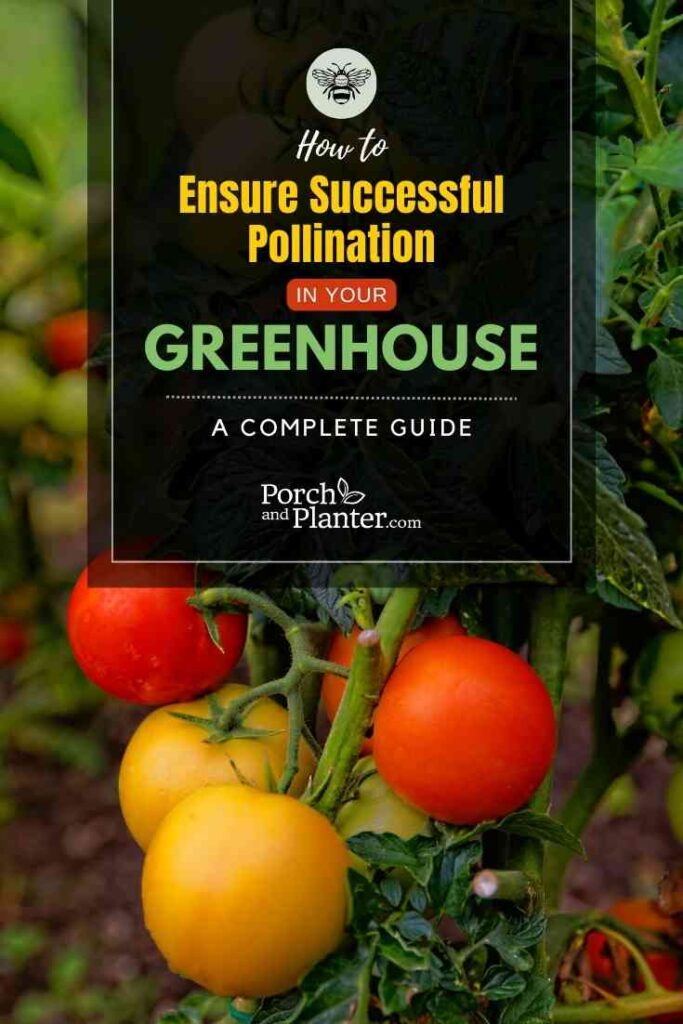

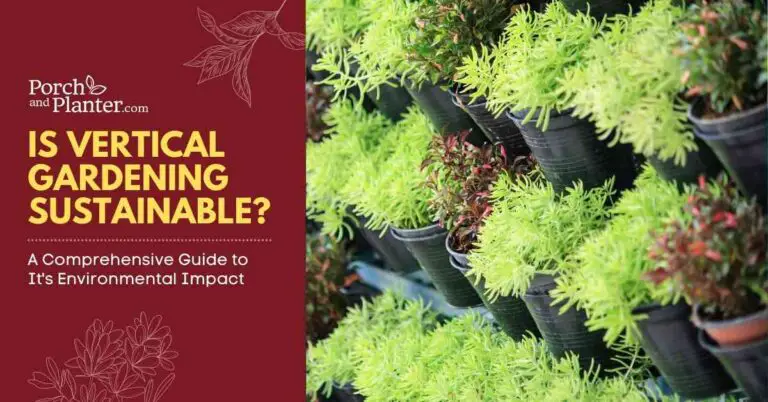
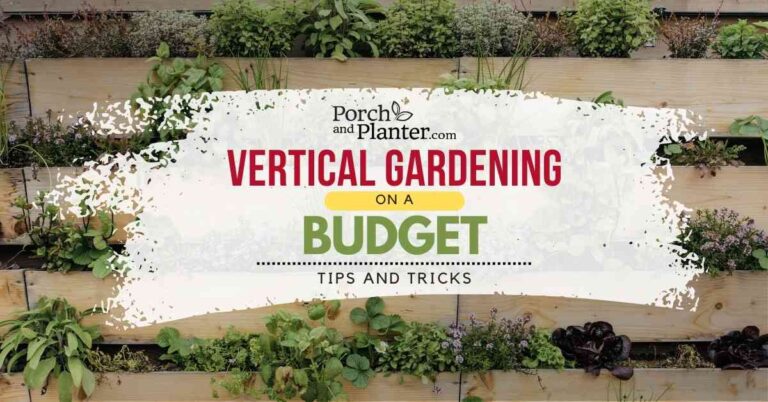
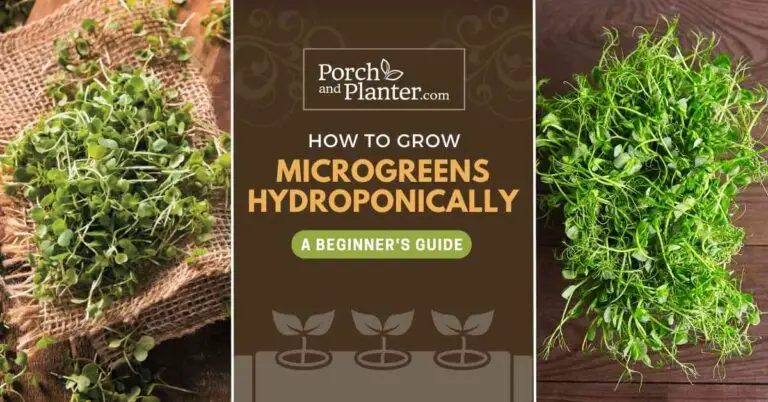

![Are Pavers Safe for a Fire Pit? [ANSWERED]](https://porchandplanter.com/wp-content/uploads/2021/09/Are-Pavers-Safe-for-a-Fire-Pit-768x402.jpg)
